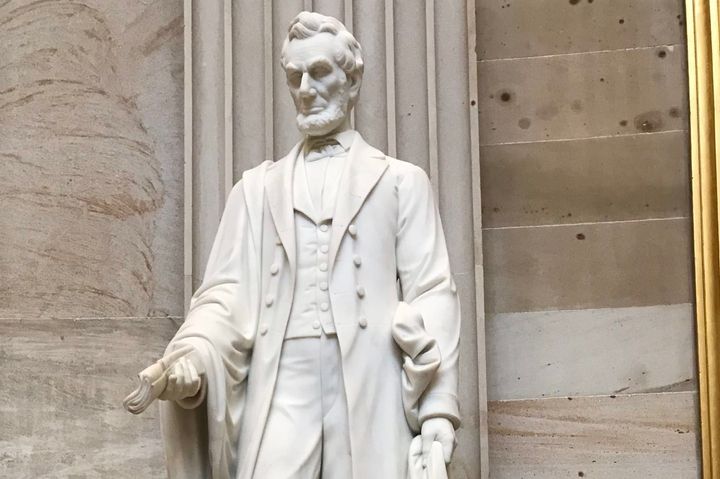How to use core values as a tool for better decisions

The path from defining a problem to implementing a solution is rarely linear. Despite applying the knowledge and skills of our best people, there are moments of uncertainty that precede critical decisions. We create doubt with a list of intended and unintended consequences, including the decision’s impact on others, the risk to the team and us, and, in rarer cases, the effect on our legacies.
At our best, we pride ourselves on making fact-based decisions that balance reward with consequences. We fall short when we lose sight of the balance and default to emotions.
There is a useful litmus test to apply to a decision before we act on it. The test asks a simple question: Does this decision align with my/our core values?
Core values guide us and define the way we think about and act in the world. These values may be subconscious, but we know when we are violating them because of the uneasy feeling in our stomachs¬–our core.
Your organization may have specific values that guide behavior. In work decisions, these principles best support decision making when the executive team reinforces them with consistent words and personal actions.
Values vary widely by person and organization and, it’s fair to say, there are no right ones, only ones that work for you or don’t. With that said, let’s use respect to illustrate its value in decision support.
Situation:
- The current expense reimbursement system is not documented, leaving each frontline supervisor to invent their approach.
- The method of per diem payments has created a form of additional income to many employees and reducing those payments will be viewed as a pay cut.
- The people receiving per diem payments are the ones directly working with our customers, and we want them to be happy and engaged.
Problem: Is there a way to standardize employee travel expenses after several years of allowing managers to develop standards and invent rules themselves?
Options:
- Create a single policy for all employees.
- Create two systems for hourly and salaried employees to minimize disruption for employees.
- Establish a one-page, common sense approach asking employees to use their best judgment.
Consequences:
- A single policy must balance fiscal responsibility and fairness to employees.
- Two policies are more difficult to administer and monitor, potentially creating more work for the managers and confusion for employees.
- A commonsense approach may widely vary for items like per diem, lodging, rental cars, mileage, and airfare. Providing no boundaries may be a recipe for unfairness, a significant administrative burden on the accounting staff, and short-term chaos.
Solution:
There is no right way to resolve this problem, but there is a best way to address it that aligns with organization values.
- The best way respects stakeholders, starting with the employees who must comply with the new process and those who approve and process the expense reimbursements.
- The best way explains why the system was chosen and acknowledges that the process is not yet perfect.
- The best way asks people to be part of the continuous improvement process by being accountable for their behaviors.
- The best way respects that leaders decided not to handle this earlier which directly led to multiple precedents. This fact may lead them to provide an extended transition period for employees to adjust.
- The best way opens lines of respectful communication to allow comments without punishing those speaking out of frustration or misunderstanding.
Takeaway: Whatever problem and related decision face us, we are well-served when we consider our personal and organizational values as a test of what right looks like to our teams and us.


